It may seem like it’s a new subject in conversation circles and political agendas around the world, but the preservation of nature is a concern that comes from our ancestors.

Image: Alice Moynihan
Waste is a modern problem
Nowadays, when we talk about waste, open-air dumps, piles and piles of plastic and environmental pollution come to mind, the result of exaggerated consumerism and little awareness on the subject.
Dealing with the waste problem is an urgent issue in our contemporary society, but did our ancestors need to worry about it too? What can we learn from those who have been here before us?
The UN estimates that 1.3 billion tons of food are wasted every year worldwide, that is, 1/3 of what is produced globally. And the worst is not that, but the production of this wasted food is responsible for 8% of the emission of greenhouse gases.
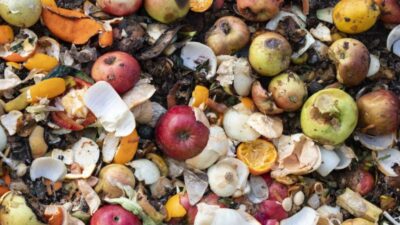
More than 1 billion tons of food wasted worldwide each year./ Image by: GettyImages
Just to give you an idea, if the world’s food waste were concentrated in just one country, it would be the 3rd largest emitter of CO2 in the world.
What about Brazil?
Brazil is also not far behind in the alarming numbers. A study by Embrapa showed that a Brazilian family wastes, on average, 130 kg of food per year. This, on a national scale, gives a total of 26.3 million tons every year.
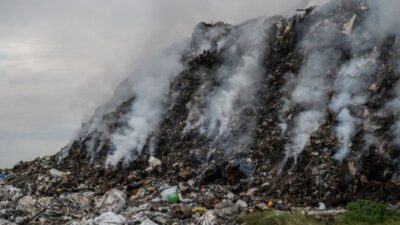
Open-air landfill./ Image by: GettyImages
The Aztecs: A Zero Waste Society
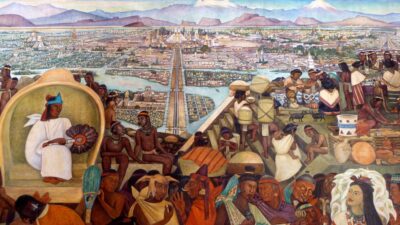
Aztec society was known for zero waste./ By: Diego Rivera
Aztecs reused organic waste in chinampas, which were the agricultural plantations of these peoples. The word chinampa means “land surrounded by reeds” and this type of planting is very common in flooded regions, the cultivation becomes a kind of floating bed.
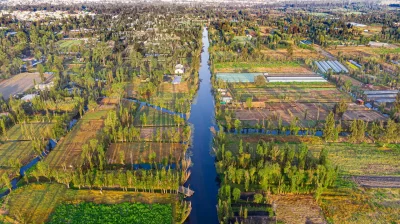
Modern chinampas. They are also called “floating gardens”./ Image by: Joaquín Enríquez por Pixabay
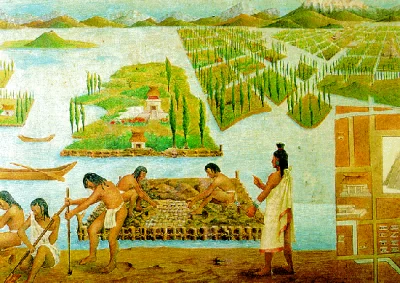
Illustration of how Aztec ancestors cultivated in chinampas. /Image by: anthropogen.com
Another very common practice among the Aztecs was to use urine as a dye for fabrics. And unused fabrics were burned to fuel for street lighting.
Research shows that the Aztecs, even at that time, had employees responsible for maintaining the cleanliness of public spaces and collectors of reusable materials. What’s more, there were severe penalties for those who practiced waste, regardless of the person’s social status.
Knowledge from our ancestors remain with us
There are still communities that respect and propagate the example of our ancestors on how to preserve nature. Despite their importance, indigenous peoples are among the most disadvantaged and vulnerable groups in the world.
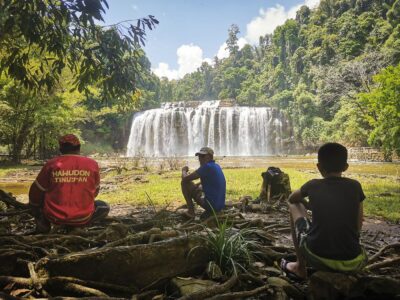
Image by: Glaiza Tabanao
Indigenous communities are at the forefront of environmental conservation, according to a 2021 report supported by UNEP (United Nations Environment Program).
Many indigenous people are experts at living in fragile ecosystems and managing limited biodiversity.
Jamaica’s example
Jamaica has been suffering from severe flooding and heavy rainfall due to climate change. This causes a major problem for agriculture: soil erosion. To get around this problem, Jamaicans bet on the idea of bringing some ancestral techniques from the region to the present day.
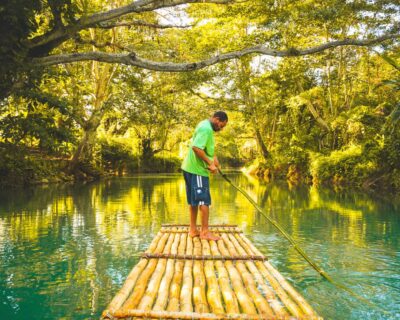
Preservation techniques applied to the Martha Brea River in Jamaica./ Image by: Donna-Kay Delahaye
In other words, the techniques employed served to retain the surface soil and maintain the nutrient content of the soil. Conservation methods include the use of barriers made from organic waste or living barriers, such as growing pineapples, for example. This retention method also reduces reliance on chemical fertilizers.
Jamaica’s local communities have long been reservoirs of indigenous knowledge and are increasingly gaining a greater stake in the response to climate change.
Instead of pesticides how about ducks?
Heilongjiang Province, China, has always been a place known for its long winter and this is what kept pests away from the region’s rice paddies. However, with global warming and higher temperatures, this reality changed and the plagues came.
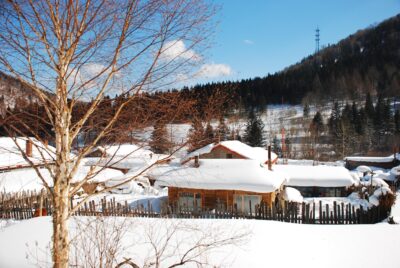
Heilongjiang is one of the coldest provinces in China./ Image by: Felix Guan
To solve this new problem, farmers resorted to the intensive use of pesticides, which killed the pests, but on the other hand, also several other species of local wildlife.
It was necessary to stop and think. And the solution lay in a technique used by Chinese ancestors over 600 years ago.

Ducks used in Chinese agriculture./ Image by: Pixabay
Thus, farmers were encouraged to introduce ducks into rice paddies to feed on weeds and insects. This made pesticides no longer necessary. Furthermore, animal excrement has now become natural fertilizer.
A long tradition in recycling
Peoples of the Russian Arctic and subarctic region have an ancestral tradition of waste reuse practices.

The Nenets are peoples from the Russian Arctic who have ancestral traditions in nature conservation./ Image by: Tatyana Vonogradova
This tradition is evidenced even in the language of these communities. The word “shampoo”, for example, from the language spoken by the Nenet people, is closest to the residue they use. And it actually means dust.
That is, trash does not exist in the language of the Nenets. Not in life.
Recognition and respect for our ancestors
We cannot deny that sometimes (many times!) we are arrogant. By seeing the technological advances, the evolution of science and computing, we think that we are self-sufficient and that we have nothing else to learn.
But, it’s important to always look at where we came from and respect and learn from our ancestors.
‘It is memory, especially collective memory, which links us to a past and a future that transcends our individual time, which allows us to come closer to a feeling of permanence and continuity.’ – Atila Roque
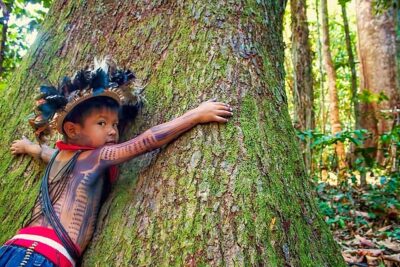
Sources: Us.boell, Just Agriculture, Unep.org, Ancient Future Tech, University of Helsinki, ecycle, EcoMatcher, Ideas.Ted, Vox.com


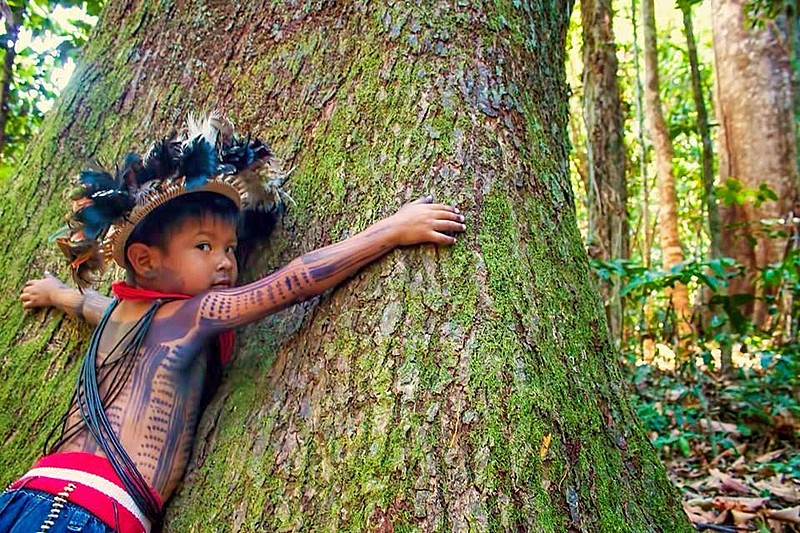
COMMENTS